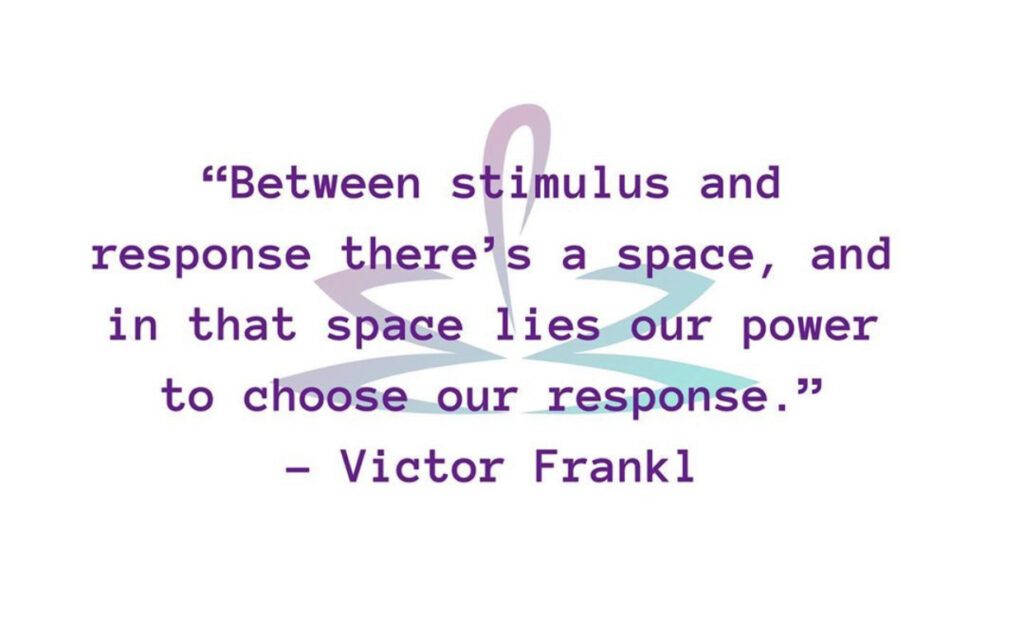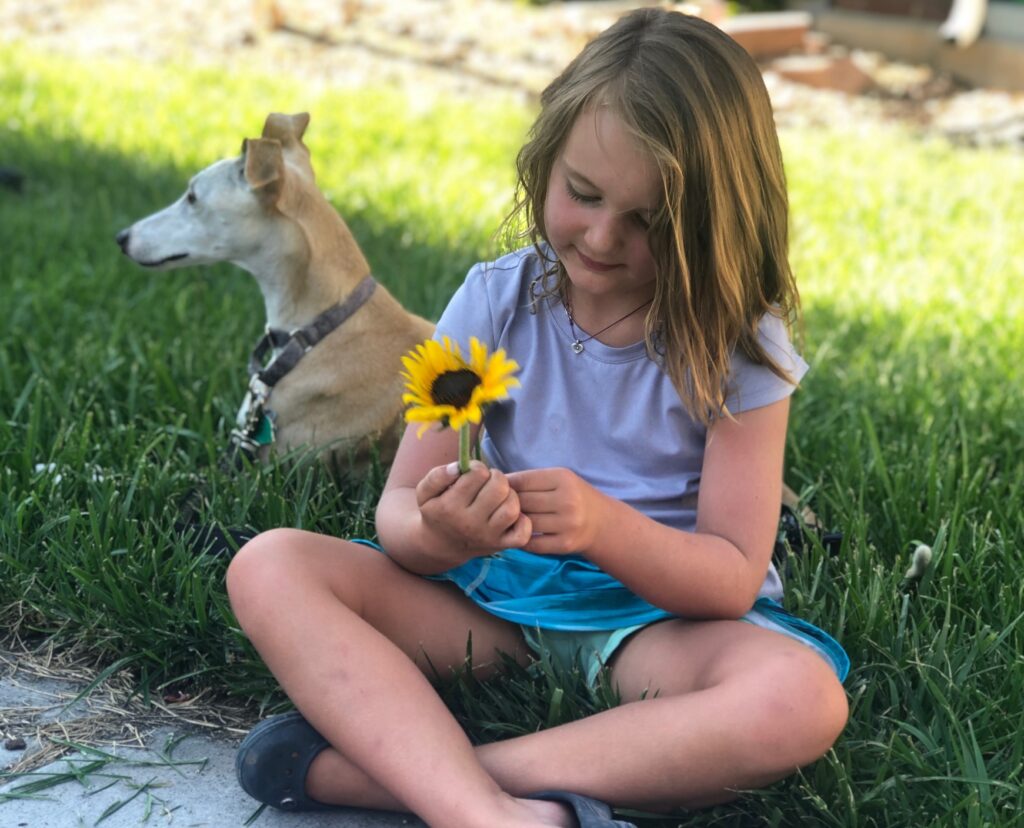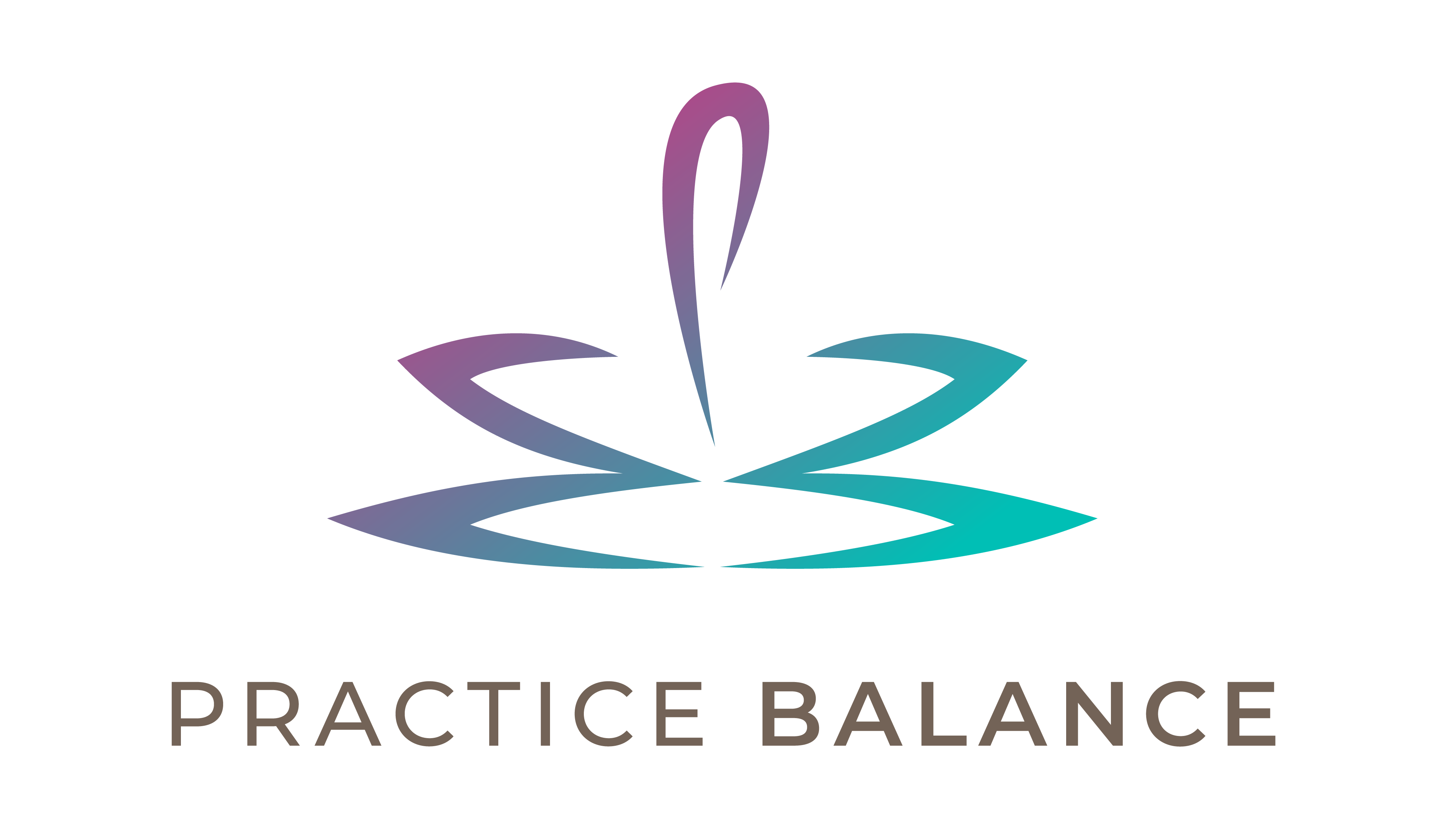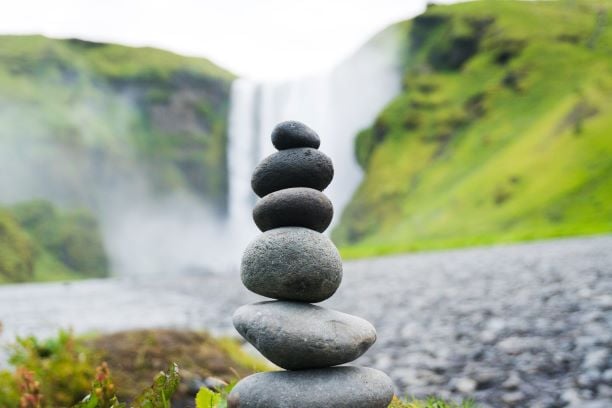
Meditation is one of the most commonly mentioned ways to beat stress and lead a more balanced life. But what is it, exactly?
Like many people when they consider meditation, I was intimidated by it; I just couldn’t picture myself in an austere, monk-like practice, perched atop a pillow in the lotus position. Wrists on bent knees open to the sky, eyes closed. For hours. I understood the benefits meditation could provide, but I couldn’t see it fitting into my life.
I also thought proper meditation meant that you were supposed to push your thoughts away, with the end goal being complete absence of thought. But forcing anything is really counter to the gentle intent of meditation. It’s simply about being quiet, observing any thoughts that arise, and letting them go.
Lots of things you do regularly can be turned into meditations. As long as you’re in a quiet state of observing your thoughts and releasing them without judgement, you’re meditating. As in the quote above, regular meditation will help you to be more mindful. More aware of your thoughts and feelings. Better able to pause and act from your logical brain instead of react from your primitive brain.

To not get triggered by something upsetting? It seemed impossible! For years, the only meditation I engaged in (or so I thought) was the few minutes of shivasana at the end of yoga classes. But the more I study mindfulness and personal development, the more I realize the opportunities for ad hoc meditation. And the confidence I gain in my own mindfulness practices leads to more mindfulness. Win win.
Here are some of my favorite ways to “meditate” that may not seem like meditation. They’re all easy to implement, don’t involve a ton of time to get the desired effects, and have a low intimidation factor for beginners:
Walking
With a few tweaks, just a simple walk can be a meditation. First, it needs to be solitary. No music or podcasts in the earbuds (however, you can use a white noise or branwave app if you really want). Notice ALL the sensations: the sights and sounds, the feeling of your legs moving, how the atmosphere is reacting with your skin, the feeling of your feet touching the ground. Are you walking on firm pavement, dirt, or grass? Is the ground cold or warm? Is it wet or dry? When thoughts about your day, to-do list, etc. come up, bring your awareness back to the sensations of the walk.
Breathing exercises
There are a couple of breathing techniques that I regularly use myself and teach to my coaching clients. They’re easy to learn, not weird, and people usually respond very well to them. My favorite is 4-7-8 breathing: inhale for 4 counts, hold for 7 counts, exhale for 8 counts. This was developed by Dr. Andrew Weil, an early adopter of integrative medicine and the creator of one of the original integrative medicine fellowships at my alma mater, University of Arizona. It’s based on pranayama breathing from yoga, and it’s designed to augment the parasympathetic nervous system (rest and digest). Whenever I get in the car for the first time in the morning to drive to work or the store, I turn off the music and do this breathing technique. You can count in your head at whatever cadence works for you.
The other, even simpler breathing exercise I like is called Respiratory One. All you do is take a deep inhale, and exhale while saying the word, “One”. Repeat as often as you want. If you’ve done yoga, it’s almost like saying “Om”, and the vibration is soothing. This method has been studied on resident physicians and has been found to decrease burnout and exhaustion scores. Again, when you recognize your mind wandering, you bring it back to saying the word, “One”.

Mantras
Being a Words of Affirmation person, I have gone through periods of using mantras to meditate. No, it doesn’t have a to be a recitation of sanskrit; I’m talking about just repeating a statement over and over while you’re alone in a relaxed state. You could combine a mantra with walking, driving, or while doing a relaxed sitting meditation. When I was going through infertility treatments, I would perform a short yoga sequence and then follow it up with the mantra, “My body is strong and resilient”, repeated for a few minutes, I like the positive psychology aspect of this technique as well.
Theme Song
I also love music, as many people do. Why not harness that love into a meditative exercise to bring both joy and peace to your life? This won’t work with any old song; it needs to be something relaxing but inspiring. It’s another easy meditation to perform in the car while driving to and from work. You’ll find that your commute is much more relaxed if you eschew the news and really absorb the words to a soothing, positive song. Here’s a quote from one of my favorites:
It’s like everything I see
is just the way I want it to be
It’s like everything I dream
is standing right in front of me
“Everything (Original Vocal Mix) – EDX ft. Hadley
Apps
I’d be remiss if I didn’t mention that many meditation mobile phone apps offer a convenient way to follow a more traditional guided meditation. You can have a soothing voice in your ear giving you the instructions on your meditative journey in the comfort of your home, office, car, etc. without having to enroll in that transcendental meditation class you’ve seen advertised through the local college. Popular apps include Headspace, Ten Percent, and Insight Timer. All offer a free trial period but then require a membership fee to continue access. If this type of meditation works best for you, the fee is well worth it.
If life is like cooking, you want to be a chef, not a line cook. Adapt the ingredients to fit your specific situation, lifestyle, and available resources. You may have thought you shouldn’t bother with meditation if you’re not following the recipe to “do it right”. Instead, make it work for you by finding easy ways to incorporate mindfulness into your daily life. Try some of these techniques and see what resonates.
I’ve utilized all them at some point in the past few years, and I’ve noticed a big difference in my ability to stay cool-headed in conversations, in traffic, and other times. Have you tried meditation? What’s your favorite way to meditate? And if you do try any of these methods, what do you think? Leave your comment below.



 What I Learned From A Multi-Day Toenail Drama
What I Learned From A Multi-Day Toenail Drama

I love the idea of not having to do it right- I’ve embraced doing it wrong- using meditation as a band aid when I need to sleep or have a restless afternoon. The apps you mention have helped and I’d recommend those who feel they can’t just sit still!
So glad you’ve found a method that works for you, and it’s great to hear you like the apps! I think what matters is that you’re consciously trying.
Thanks for the great post.
I love that quote about the gap between Stimulus & Response. I’m still trying to improve my mindfullness. There would be much less anger, judgement, and violence in the world now if we were all better at pausing in that gap.
Also, check out:
https://www.tenpercent.com/care &
https://www.headspace.com/covid-19
From the Headspace Plus website:
“The current crisis is an especially difficult time for health care professionals. So we’re offering free access to Headspace Plus for all US health care professionals working in public health settings and all NHS health care professionals. Helping those who care for us, care for themselves.”
and from the 10% Happier Site:
“We want to deeply thank and recognize essential workers all over the world who are responding to the COVID-19 pandemic. If you are a warehouse employee, teacher, healthcare, grocery, or food delivery worker and are not currently subscribed to Ten Percent Happier, we would like to support you by offering free access to the app.”
Thanks for the reminder about the HCW discounts for the Headspace and Ten Percent apps! I downloaded and signed up for Ten Percent using this but didn’t realize they were still doing it.